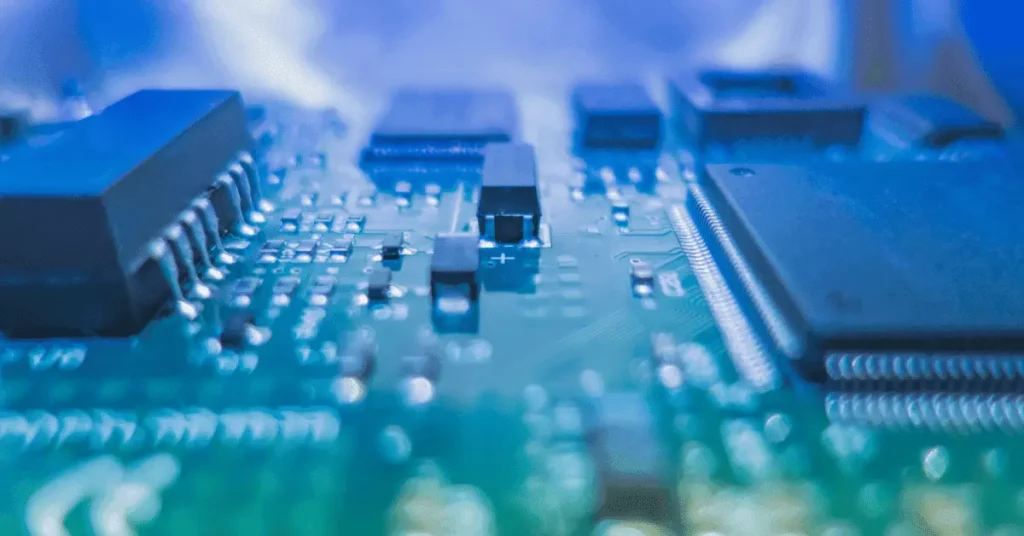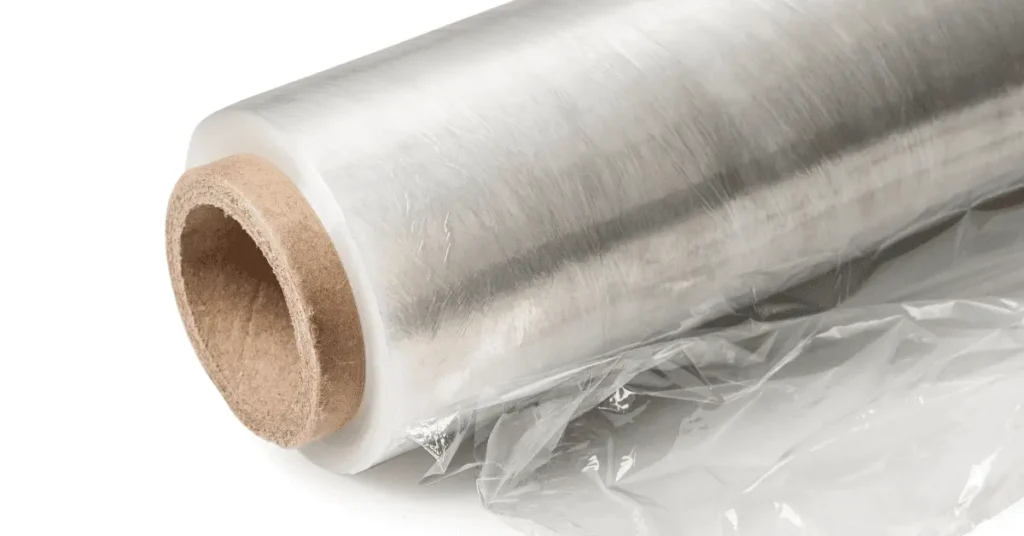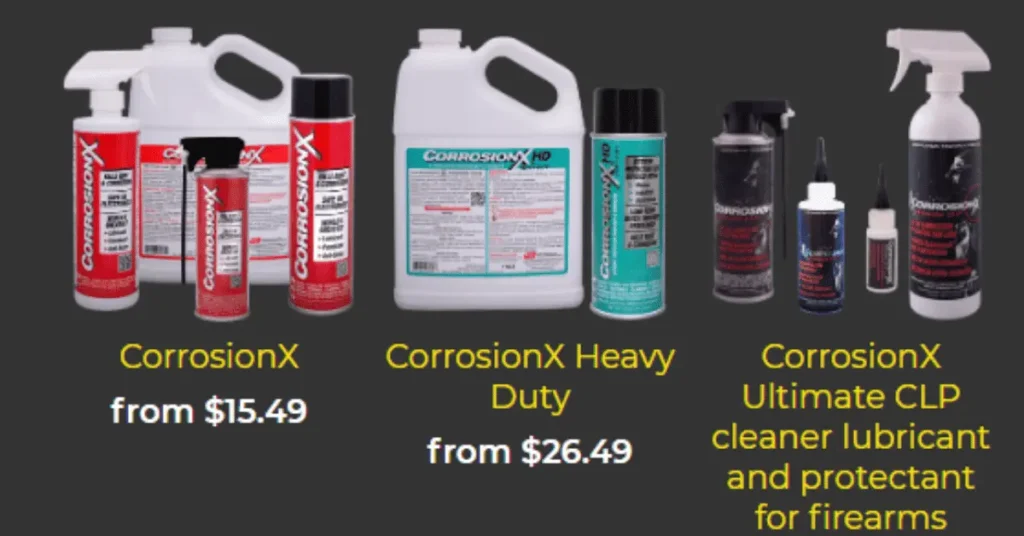How to Waterproof Your Drone? (Best Methods)

Everybody knows what a drone can do. The drones can offer a range of applications, from aerial photography and videography to surveying and inspection.
Drones are becoming so famous because of their uses, and many enthusiasts are taking their drones out for a spin in various environments, including wet and rainy conditions.
But you know flying a drone in the rain or near the water is very risky, and it is possible that you can lose so much money in no time. Suppose the drone doesn’t get fully crashed but can damage so much, which will cause you much to pay.
Water can damage your drone’s sensitive electronic components, leading to a costly repair or replacement.
It is essential to know how to waterproof your drone before taking it out in wet conditions. This article will discuss tips and techniques for waterproofing your drone and flying safely in wet environments.
Why waterproof your drone?
You might not have waterproofed your drone before, or you have never thought about it, but let me tell you, it is so worth waterproofing your drone.
It will allow you to fly your drone in not only rainy or wet environments but also give you peace of mind that it won’t get damaged or wetted because of flying it in wet environments.
If you are a drone pilot, your priority will always be finding new and new and unique places and techniques to fly the drone and do drone photography and videography.
Well, with the waterproof drone, you will have many opportunities to fly your drone in many places and from different angles.
By waterproofing your drone, you will have many techniques to take photos and make videos of the panoramas.

Everyone loves videos and photos of the oceans, lakes, rivers, and other water bodies. So if you have your waterproof drone, you will have a great audience to show your talent and get famous in no time, plus you will have the skill to waterproof your drone.
Water damage can occur to your drone in various ways, including rain, moisture, and splashing water.
Exposure to water can cause severe damage to the drone’s sensitive electronic components, including the camera, battery, and flight controller, among others.
When water gets into the drone’s electrical components, it can cause short circuits, corrosion, and permanent damage, rendering the drone useless.
Waterproofing your drone can prevent such damage and prolong the life of your device. Waterproofing also ensures that your drone can fly in wet and rainy conditions, expanding your flying options and allowing you to capture stunning footage even in harsh weather conditions.
What do you need to waterproof your drone?
Waterproofing a drone can be a challenging task, but it is essential if you plan to fly your drone in wet or rainy conditions. Here are some things you can do to waterproof your drone:

Remember that waterproofing your drone is not a full-proof method of protecting it from water damage. You should still exercise caution when flying your drone in wet conditions and take steps to avoid damaging it.
READ MORE: Can drones use ground penetrating radar?
How to waterproof your drone? Step-by-step guide
There are various methods of waterproofing your drone, including using waterproofing sprays, coatings, bags, and covers. The following are some of the best ways to waterproof your drone and protect it from water damage:
Waterproofing sprays and coatings
One of the most effective ways to waterproof your drone is using waterproofing sprays and coatings. These sprays and coatings create a protective barrier that prevents water from entering the drone’s electronic components.
Waterproofing sprays and coatings are easy to apply and protect against water damage.

Before applying a waterproofing spray or coating, it is essential to clean your drone thoroughly to remove any dirt, dust, or debris. You can use a soft-bristled brush and a microfiber cloth to clean your drone gently.
After cleaning your drone, ensure it is completely dry before applying the waterproofing spray or coating.
Various waterproofing sprays and coatings are available, including NeverWet, Rust-Oleum, and Krylon. These sprays and coatings are easy to apply and provide excellent protection against water damage.
However, following the manufacturer’s instructions carefully when spraying or coating is essential.
Waterproof drone bags and covers
Another effective way to waterproof your drone is using waterproof drone bags and covers. These bags and shells provide a protective layer that prevents water from entering the drone’s electronic components.
Waterproof drone bags and covers are available in various sizes and designs, making it easy to find one that fits your drone.

Before using a waterproof drone bag or cover, ensure your drone is clean and dry. Place your drone in the bag or covering, ensuring all openings are sealed tightly.
Most waterproof drone bags and covers have a zip-lock seal that ensures water cannot penetrate the portal.
It is important to note that while waterproof drone bags and covers effectively protect your drone from water damage, they do not provide complete protection against submersion.
Therefore, using them in conjunction with other waterproofing methods is essential.
Silicone conformal coating
This coating is specifically designed for electronic components and can provide a protective barrier that prevents water from entering the drone’s sensitive electronic components.
Before applying the silicone conformal coating, it is essential to clean your drone thoroughly to remove any dirt, dust, or debris.
Once your drone is clean and dry, apply the silicone conformal coating evenly to all the electronic components, including the flight controller, camera, and battery.
Ensure you use the layer in a well-ventilated area and follow the manufacturer’s instructions carefully.

It is important to note that while silicone conformal coating effectively protects your drone from water damage, it can be difficult to remove once applied.
Therefore, you should only use this method if you are sure that you want to waterproof your drone permanently.
Waterproof tape
Before using waterproof tape, it is essential to clean your drone thoroughly to remove any dirt, dust, or debris.
Once your drone is clean and dry, apply the tape evenly to all the electronic components, including the flight controller, camera, and battery.
It is important to note that while the waterproof tape effectively protects your drone from water damage, it can be difficult to remove once applied.
So you need to open your mind and think again that you are making your drone fully waterproofed, and the waterproof tape will not come out.
DIY waterproofing
If you prefer a DIY approach, you can waterproof your drone using various household items. For instance, you can use a silicone-based sealant to seal all the openings on your drone, including the seams, screw holes, and camera lens.

You can also use a plastic bag or cling wrap to cover your drone, ensuring all openings are sealed tightly.
However, ensuring that the plastic bag or cling wrap does not interfere with the drone’s airflow is essential, as this can affect its stability and performance.
Tips for waterproofing your drone
Here are some further tips to make your drone waterproof and allow you to fly it in any environment. Below is some best advice that you can follow and make your drone easy to fly.
Use silicone sealant to seal your drone.
You can follow these general steps to seal your drone with silicon sealant:
Materials needed:

Steps:
Cover the sensitive parts with plastic wrap.
There are so many sensors and sensitive parts in many drones. It would not be wrong to say that in almost every drone, there are some sensitive parts that, if they get wet, then the whole drone will get shut down, so down below are some steps that you can follow and make your drone wrapped with the plastic and make it waterproof.
READ MORE: Can birds take down a drone?
Choose a suitable type of plastic wrap that is waterproof and durable, such as a heavy-duty plastic wrap or marine-grade plastic wrap.

Clean the plastic parts of the drone thoroughly with a cloth or paper towel to remove any dirt or debris. After then, cut the plastic wrap into pieces large enough to cover the plastic parts of the drone.
Apply the plastic wrap to the plastic parts of the drone, making sure to cover all areas evenly. Smooth out any air bubbles or wrinkles in the plastic wrap with your hands.
Use a heat gun or hairdryer to shrink the plastic wrap around the plastic parts of the drone, creating a tight seal.
Trim any excess plastic wrap with scissors or a utility knife. Test the drone in a controlled environment, such as a pool or bathtub, to ensure it is fully waterproof.
If you see any bubbles coming from your drone while it is in the bathtub, it is the key for you to quickly put your drone out of the tub and redo the process because you have missed something.
Use corrosion-X to protect your drone.
Corrosion X is an anti-corrosion solution that protects various electronic devices and equipment from rust, oxidation, and water damage.
It is commonly used in the aerospace and marine industries to protect sensitive electronic components from moisture and saltwater exposure.

To use corrosion X on a drone, you will need to follow these steps:
It is important to note that corrosion X is not a waterproofing solution and cannot protect a drone from complete immersion in water.
However, it can provide some protection against water damage in the event of a splash or light rain.
In summary, to use corrosion X to protect a drone from water or getting wet, you will need to apply a thin layer of the solution to all of the exposed metal and electronic components of the drone, allow it to dry completely, and then reassemble the drone.
The things that you keep in mind while waterproofing your drone
Here are some of the most important things you should never forget while waterproofing your drone. Remember to read this section, especially because some problems come in when waterproof.

These are some of the outcomes that can happen after you have made your drone waterproof.
If your drone is not pre-waterproof and you are becoming the drone manufacturer alone, you might do something wrong.
Below are some problems. Remember, if any issues happen, you should remove all the products to make your drone waterproof. You should take it to the repair center.
Increased weight: Waterproofing a drone may require additional components such as sealing material and protective coatings that can significantly increase its weight, reducing flight time and performance.
Compromised electronics: Sealing the electronics of a drone may cause overheating and malfunction, leading to reduced functionality or even total failure of the drone.
Reduced signal strength: Water can act as a barrier for wireless signals, and waterproofing your drone may weaken the signal strength, leading to decreased control range and video transmission.

Maintenance issues: Waterproofing requires additional maintenance, and a poorly sealed drone can lead to water damage over time, causing the drone to become unusable.
Cost: Waterproofing your drone can be expensive, and the added cost may not be worth it for those who do not plan on flying in wet conditions frequently.
Additional tips for waterproofing your drone: Dos and Don’ts
Here is some additional information that you should keep in mind when waterproofing your drone:
Test your waterproofing: Before using your drone in wet or rainy conditions, it is essential to test your waterproofing thoroughly.
You can spray your drone with water or submerge it in water temporarily. It will help you determine if your waterproofing method is effective and if any areas need additional protection.
Check for leaks: Even if you have waterproofed your drone, it is still possible for water to seep in through small openings or leaks. Therefore, it is vital to regularly check your drone for any signs of water damage, such as rust or corrosion, on the electronic components.

Use a waterproof drone bag: A waterproof drone bag is a good idea if you fly your drone near water, such as a lake or ocean. It protects your drone from water damage, sand, dirt, and other debris.
Dry your drone properly: After flying it in wet or rainy conditions, it is essential to dry it thoroughly before storing it. It will prevent any moisture from accumulating inside the drone and causing damage.
Avoid flying in heavy rain: While waterproofing your drone can protect against light rain or splashes, it is not recommended to fly your drone in heavy rain.
It is because heavy rainfall can create strong wind currents that can affect your drone’s stability and performance.
Important FAQs
It is not safe to fly a waterproofed drone in heavy rain. Despite being waterproof, water can still damage the internal components of the drone, and heavy rain can also cause visibility issues and strong winds that could cause the drone to crash.
It is possible to fly a waterproof drone over water, but it is essential to ensure that it is properly waterproofed and that weather conditions are suitable for safe flying.
I cannot answer this question definitively, as warranty policies vary from manufacturer to manufacturer. However, modifying or altering the drone may void the warranty, and it’s always best to check the warranty terms and conditions before making any modifications to the device.
No, it would help if you did not use the regular silicone sealant to waterproof your drone. I do not recommend using standard silicone sealant to waterproof your drone as it may damage its internal components due to its acidic nature. Instead, use specialized drone waterproofing products that are designed for this purpose.

Final Thoughts
In conclusion, waterproofing your drone is essential for the longevity and functionality of the device. Drones are expensive equipment, and any damage caused by water can be costly to repair or replace.
You can ensure it will last longer and perform better by taking the necessary steps to protect your drone from water damage.
One of the most critical steps in waterproofing your drone is to apply a waterproof coating to the electronics.
It will protect the sensitive components of the drone from water damage and ensure that the device continues to work even in wet conditions.
Additionally, sealing the drone’s body and other vulnerable areas with silicone or other waterproof materials can provide added protection against water damage.
Overall, the key to waterproofing your drone is to be diligent and take the necessary steps to protect the device from water damage.
Investing in a waterproof case or bag, applying a waterproof coating to the electronics, and sealing vulnerable areas with silicone or other materials can ensure your drone remains functional and protected from water damage for years.
If you have any further questions related to the question: How to waterproof your drone? Then the comments box is only made for you, and I await your comment.
Have you ever flown your drone in the rain, and what did you get?
Can Drones Use Ground Penetrating Radar?
Curious about drones and their super cool tech? Find out if drones can actually use ground-penetrating radar in this mind-blowing article! 🚁📡 #DroneTech #GroundRadar







